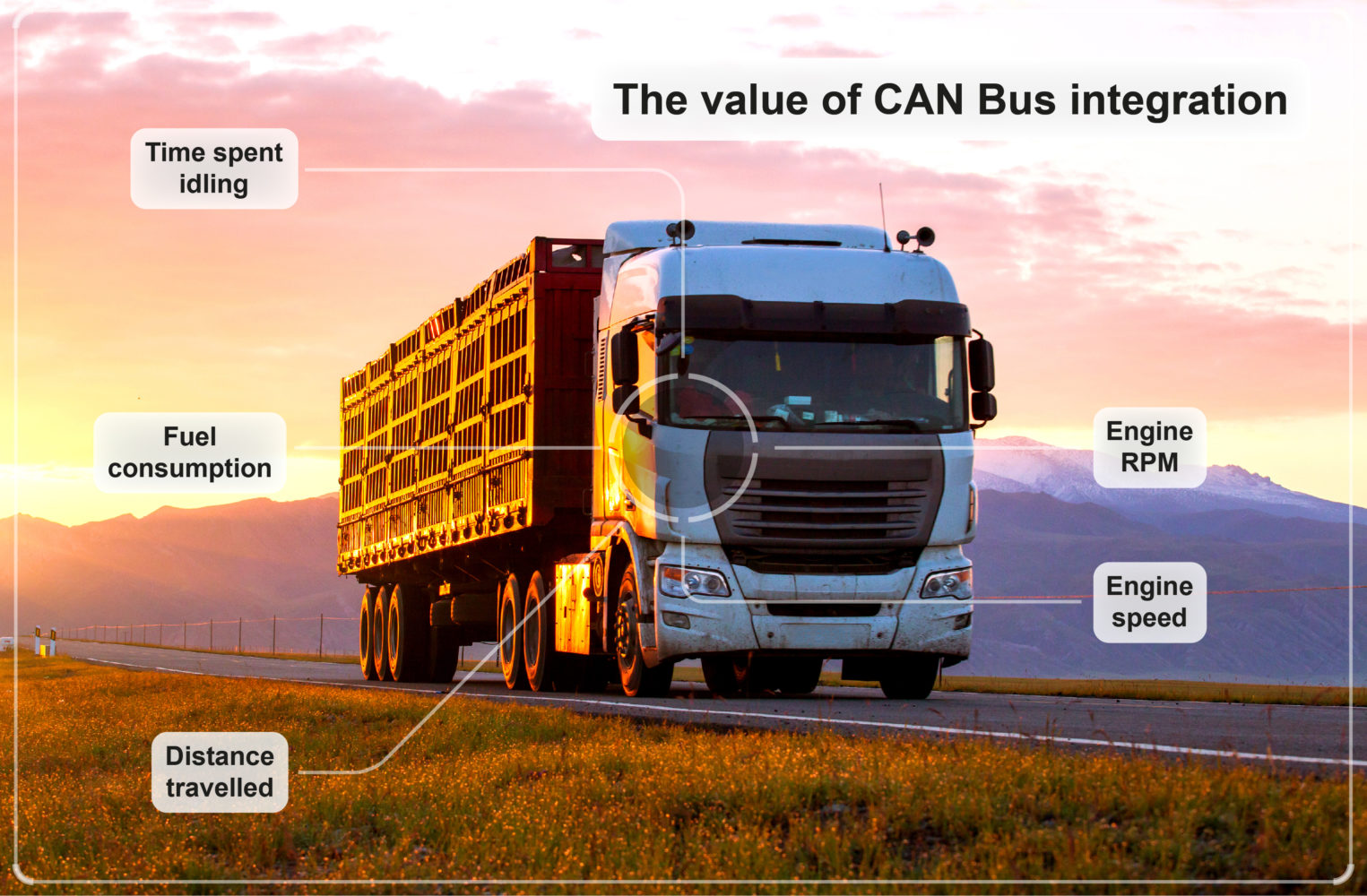The dash cam market is so dynamic that keeping ahead of the latest technology trends can be a challenge, which is why making the right hardware choices can be vital to delivering value to an enterprise over an extended deployment period. Let’s consider each of these dash cam technology trends in a little detail, starting with cameras.
Quality Image Recording
The early days of vehicle dash cams saw a multitude of manufacturers rush into the market, often using low-quality components in order to hit aggressive price points. The camera sensor itself was one of the most common areas where costs were cut. Today it’s still possible to find some dash cams that record at sub-HD and even VGA resolutions. Of course, these dash cams are addressing the very low end of the market, but buyers should consider camera specs carefully to make sure that they are not being short-changed.
To ensure the best image and video quality, high-performance Full HD sensors like the Sony iMX307 CMOS are required. Support for 1080p and footage recording at 1920 x 1080 pixel resolution mean that it’s possible to enjoy far greater image detail, making it easy to zoom-in to reveal information such as vehicle number plates, for example. This can be enormously valuable, allowing captured footage to be used as evidence in the event of an accident or insurance dispute.
Newer, higher-quality devices like the VIA Mobile360 D700 AI Dash Cam also record at 50fps (frames-per-second), which means that footage can be played back frame-by-frame to hone in on the exact moment an incident or event occurred. Lower frame-rate cameras cannot offer this level of detail, especially when vehicles are moving at high speed. HDR (High Dynamic Range) capability is also significant, upping the detail level further as dark or shaded areas are captured in sharper tones.

In terms of pixel density and high resolution video recording, sensor technology continues to evolve. However, while 4K or even 8K sensors have arrived in the market, the exponentially larger file sizes produced mean that transferring footage over existing wireless networks is slow and largely impractical. For most deployments, 1080p video recording remains the sweet spot, a scenario unlikely to change until 5G and other next-gen networks become commonplace.
It’s a Two-way Thing
The days of employing dash cams that only capture the road ahead are rapidly coming to a close. Dual camera designs that capture high-quality footage of both the cabin and the road are increasingly required in both commercial and non-commercial vehicles. The VIA Mobile360 D700, for example, includes a 1080p rear-facing camera that offers detailed monitoring of the interior of the car and the driver. This allows fleet operators to track the welfare of drivers and ensure that proper safety procedures are being observed at all times.
Two-way dash cams promise to become a key component of driver safety systems that use AI-powered analysis to spot potentially serious issues like repeatedly drooping eyelids. If for example, a driver appears to show signs of falling asleep, such devices will be able to immediately alert the driver to wake up.
The increasing implementation of driver safety systems means that dual cameras are rapidly becoming an industry standard, especially now that AI is maturing to include more driver-centric warnings and alert capabilities.
Talking Sensors
Cameras are only one part of an important array of sensors found within a modern dash cam. GPS is obviously essential in providing location data, but another crucial and often overlooked device is the 3-axis G-sensor. This is used to detect sudden vehicle movements associated with collisions and emergency breaking. In such circumstances, specific actions can be triggered to ensure that footage is preserved, uploaded to the network, and even locked to ensure that it is not erased or tampered with.
Devices like the VIA Mobile360 D700 also feature IR (infrared) LEDs which ensure that low-light visibility is enhanced for darker cabin interiors and night-time driving. Four IR LEDs are triggered by an additional light sensor to vastly improve the image recording quality of footage inside the vehicle and the road, a major advantage compared to previous generation dash cams.

Integration – More Than the Sum
Perhaps one of the most valuable recent developments in dash cam technology has been the ability to combine video footage and location data with more traditional vehicle telematics common to the automotive industry – usually referred to as CAN (Controller Area Network) bus technology. CAN bus integration allows compatible dash cams to capture data such as vehicle idle time, fuel consumption, speed, and distance traveled. In short, the ability to integrate and aggregate data from all of these sensors (dual cams, GPS, G-sensor and CAN bus) makes a strong case for a dash cam which is future-proof for years to come.
Connectivity is the Driving Force
To make sensor data actionable, fleet operators are increasingly demanding the ability to analyse it in real-time on the cloud rather than having to wait for vehicles to return to base in order to recover key information. Older and lower-quality dash cams rely on GPRS data transfer, which offers low-bandwidth transfer speeds not suited for Full HD video footage and reams of accompanying sensor data. This is why the latest generation of dash cams offers faster and more capable 4G LTE support, which allows firmware to be updated over the air (OTA) and enables the relay of telematics information in real-time.
On Top of Dash Cam Technology Trends
The vast array of data provided by modern dash cams is becoming an increasingly valuable resource for commercial users and fleet operators. As the development of AI and Edge AI applications for capturing and processing this data in ever richer formats continues to accelerate at a breathtaking pace, keeping on top of dash cam technology trends has never been more important in order to make the right choice of device for long-term commercial deployments.
In recent years VIA has garnered extensive feedback from customers operating in the broader Fleet Management sector. This has given us valuable insights that have helped hone our approach to product development. The result is the VIA Mobile360 AI Dash Cam, a full-featured, compact dual-camera device with support for Forward Collision Warning, Rear Collision Warning, and an advanced Driver Monitoring System. The VIA Mobile360 D700 is AWS IoT Core Qualified and AWS Kinesis Video Streams Qualified. It comes with a 30-day free trial of the VIA Fleet Cloud Management Portal powered by Amazon Web Services (AWS), including 50 hours of live streaming with Amazon KVS.
Learn more about the VIA Mobile360 D700 AI Dash Cam here.
